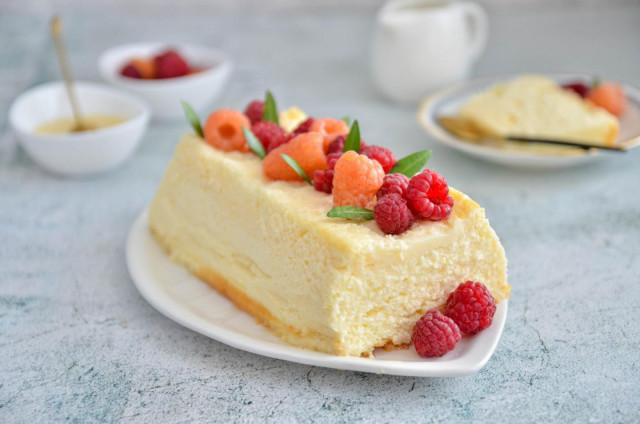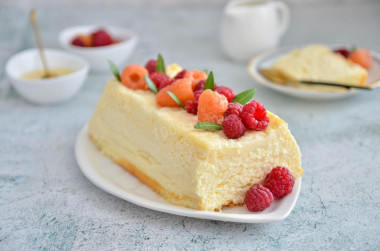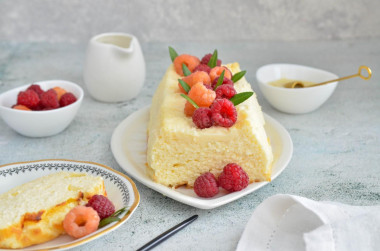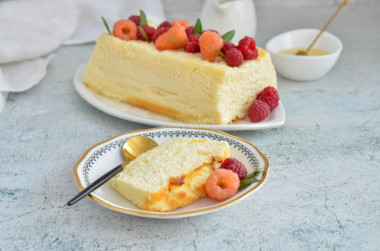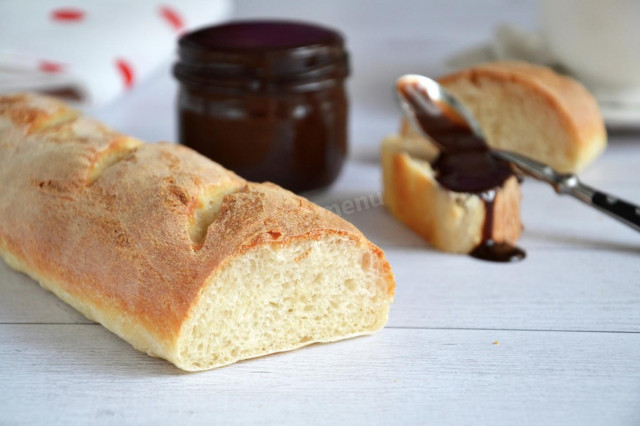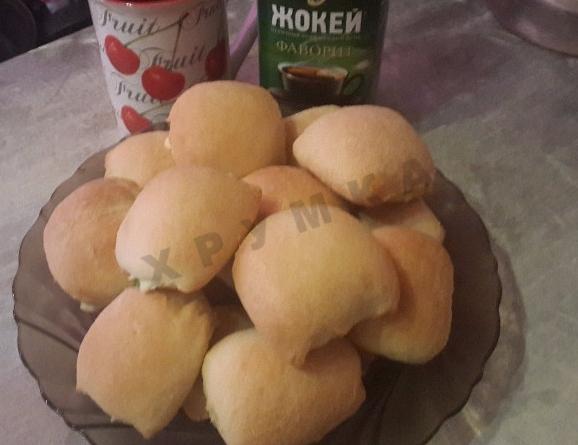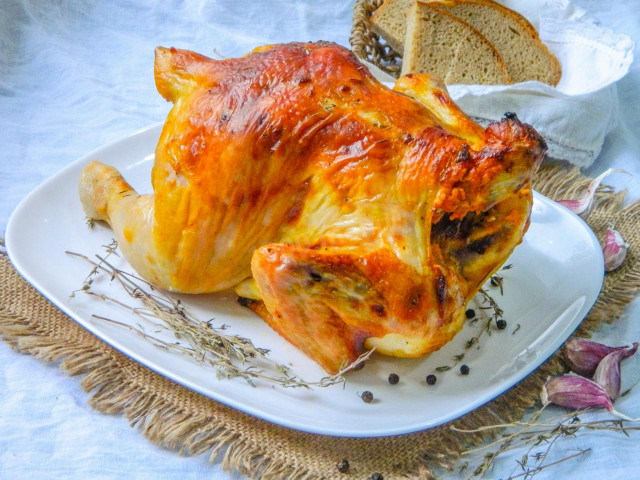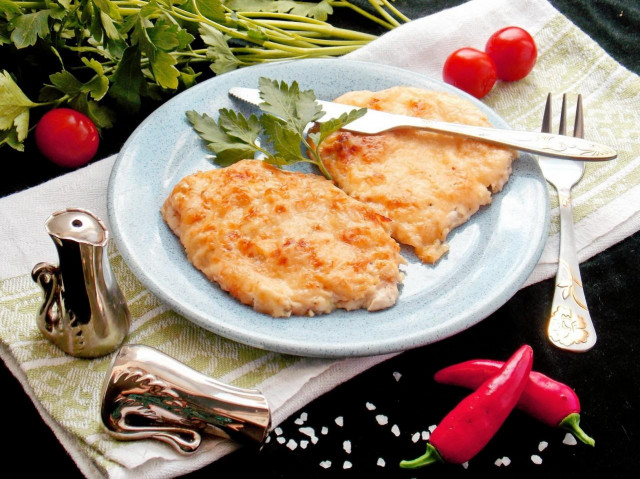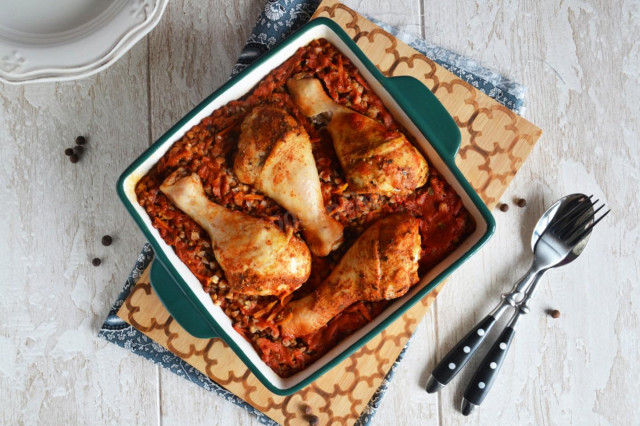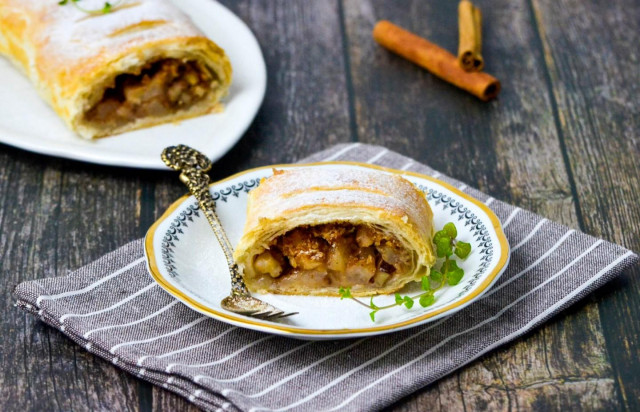Composition / ingredients
Step-by-step cooking
Step 1:
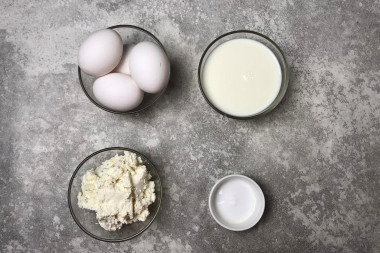
How to make cottage cheese casserole pp without flour and semolina in the oven? Prepare the products. It is better to take cottage cheese and milk with a small percentage of fat content, then the casserole will turn out to be less caloric. Instead of milk, you can take sour cream or natural yogurt.
Step 2:
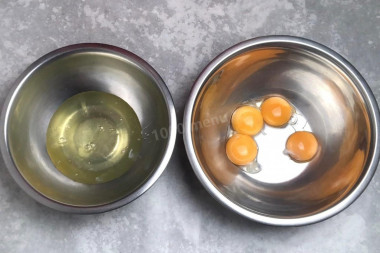
Divide the eggs into yolks and whites. Try to do this carefully so that not a drop of yolk gets into the whites, otherwise the whites will not climb. Put the proteins in the refrigerator for the duration of further cooking.
Step 3:
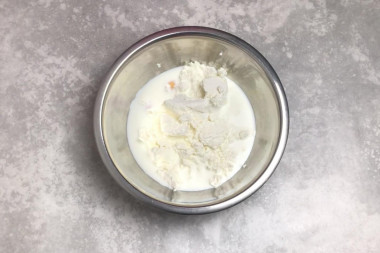
Add cottage cheese, milk and vanilla to the yolks.
Step 4:
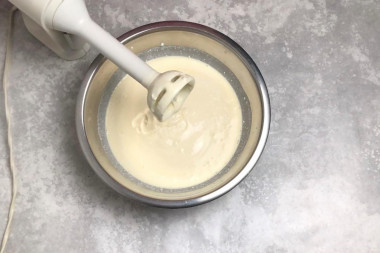
Mix the products. It is better to do this with a blender, then the mass will become very smooth and homogeneous. If you do not have a blender, it is better to rub the cottage cheese through a sieve to get rid of the grains.
Step 5:
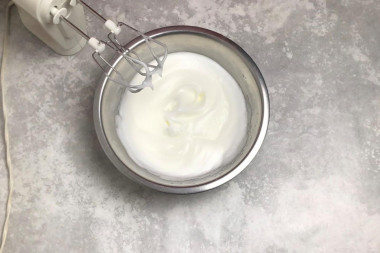
Take the proteins out of the refrigerator and whisk them to steep peaks. This will saturate them with air, which will help the casserole to rise. It is necessary to beat for a long time, at least 10 minutes, so that after stopping the mixer, traces of it do not fall off.
Step 6:
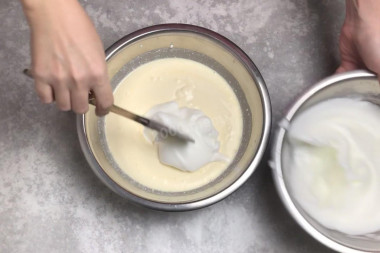
Add the whipped whites to the main mass. Do this in portions, several tablespoons at a time, gently stirring them after each addition. Stir the proteins with movements from the bottom up, a silicone spatula is best suited, it does not destroy their structure.
Step 7:
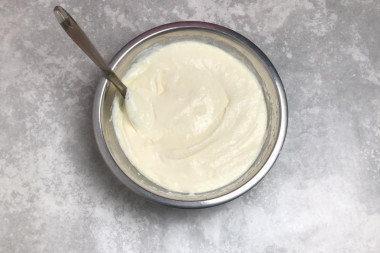
After adding all the proteins, the dough will become very airy and quite liquid. So it should be, since it is without flour.
Step 8:
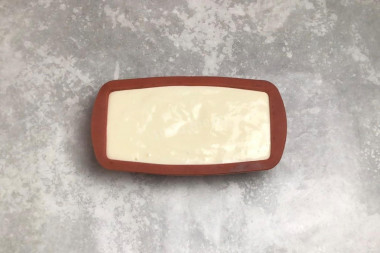
Take a suitable-sized form. I have silicone, 20* 7 cm. I did not lubricate it, if you have a mold made of another material, then lubricate it with a small amount of vegetable oil. Pour the dough into the mold. I didn't fit in a little, it was enough for one small portion casserole.
Step 9:
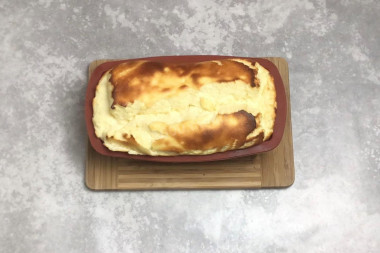
Bake the casserole in the oven at 170 ° C for 40-50 minutes. Focus on the top crust - it should turn golden. My casserole rose very much and burst on top, but after cooling it fell off a lot, which did not affect its taste in any way. Serve the casserole cooled. You can pour it with honey or some syrup - maple from Jerusalem artichoke. Add berries to the casserole - they will replace the sugar that is not in it.
The casserole really turned out to be incredibly airy and tender! Like a cottage cheese souffle. With honey and raspberries, we didn't even notice that it was sugar-free.
I believe that this recipe is PP, because it is prepared without adding sugar first of all. White sugar is the cause of many diseases, ranging from obesity to diabetes mellitus. This is a proven fact, it is better to limit its consumption. Wheat flour is also not added to the casserole. This significantly reduces the calorie content of the dish and makes it accessible to those who are gluten intolerant. For sweetness, you can add a sweetener that can withstand heat treatment.
It is important to realize that there are no recipes or products in nature that are certainly useful to all people or unconditionally harmful to everyone. As with medicines, and in nutrition, there are indications and contraindications, daily individual consumption rates and for most people all this is very personalized. At the same time, there are a lot of myths “about proper nutrition” (for example: fat is bad), which distort the very essence of this concept and in such a distorted form are distributed on the Internet and the media. Therefore, remember that any “PP recipe” will be related to proper nutrition only conditionally, it should not be perceived as a dogma. And even if the author of the recipe, a “healthy nutrition specialist” or a nutritionist and fitness trainer calls something useful (PP) or harmful, it may not be so for you personally.
Important! In order for the curd dough or filling to be successful, it is important to carefully consider the choice of cottage cheese. A low-quality product can spoil baking, as it directly affects the consistency, taste and final result. How to choose the right cottage cheese for dough or filling read in this article .
Keep in mind that everyone's ovens are different. The temperature and cooking time may differ from those specified in the recipe. To make any baked dish successful, use useful information about the features of ovens !
The opinion of the site administration about proper nutrition may not coincide with the opinion of the author of the PP recipe!
The calorie content of the products possible in the dish
- Whole cow's milk - 68 kcal/100g
- Milk 3.5% fat content - 64 kcal/100g
- Milk 3.2% fat content - 60 kcal/100g
- Milk 1.5% fat content - 47 kcal/100g
- Concentrated milk 7.5% fat content - 140 kcal/100g
- Milk 2.5% fat content - 54 kcal/100g
- Chicken egg - 157 kcal/100g
- Egg white - 45 kcal/100g
- Egg powder - 542 kcal/100g
- Egg yolk - 352 kcal/100g
- Ostrich egg - 118 kcal/100g
- Cottage cheese of 40% fat content - 466 kcal/100g
- Cottage cheese of 20% fat content - 233 kcal/100g
- Cottage cheese of 18% fat content - 226 kcal/100g
- Cottage cheese of 10% fat content - 156 kcal/100g
- Low-fat cottage cheese - 75 kcal/100g
- Cottage cheese with sour cream - 260 kcal/100g
- Fruit cottage cheese - 147 kcal/100g
- Soft dietary cottage cheese - 170 kcal/100g
- Vitalinia cottage cheese - 64 kcal/100g
- Cottage cheese "morning" ( "danone") without sugar - 91 kcal/100g
- Cottage cheese - 156 kcal/100g
- Vanillin - 288 kcal/100g

